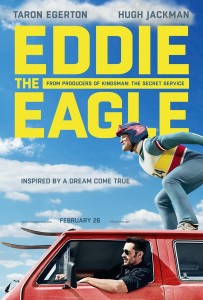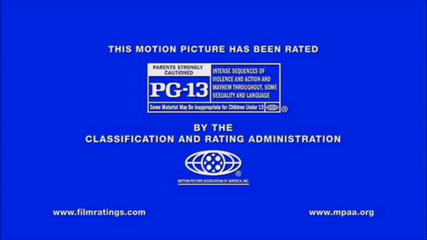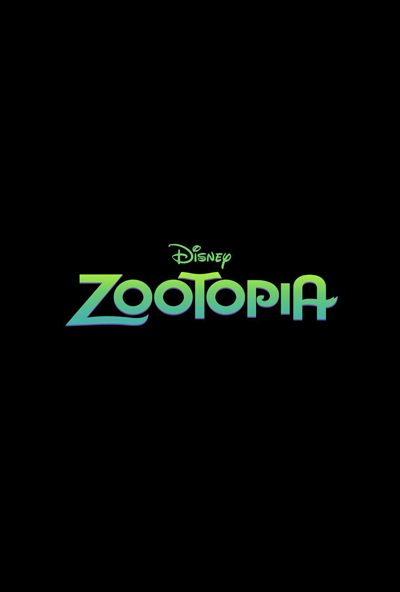 In the latest outing from Disney Animation, “Zootopia”, we see up close what happens when someone gets the bright idea to put animals of all stripes (and fur) together with some of the most beloved movie tropes and characters. The cast of anthropomorphized animals is ably led by the charmingly plucky Judy Hopps (Ginnifer Goodwin of “Once Upon a Time”). Though a tiny bunny, Hopps has always aspired to be a police officer in Zootopia, so she can protect the weaker from those who would prey on them. The predator/prey dichotomy is a constant theme in the movie–an easy ploy with this particular set of characters, since humans don’t always have such obvious predator or prey markers.
In the latest outing from Disney Animation, “Zootopia”, we see up close what happens when someone gets the bright idea to put animals of all stripes (and fur) together with some of the most beloved movie tropes and characters. The cast of anthropomorphized animals is ably led by the charmingly plucky Judy Hopps (Ginnifer Goodwin of “Once Upon a Time”). Though a tiny bunny, Hopps has always aspired to be a police officer in Zootopia, so she can protect the weaker from those who would prey on them. The predator/prey dichotomy is a constant theme in the movie–an easy ploy with this particular set of characters, since humans don’t always have such obvious predator or prey markers.
Though she’s small, Hopps finds a way to excel at the Police Academy, and she graduates at the head of her class–winning a coveted spot on the police force responsible for the City Center. And so, off she goes to explore the incredible place where “predator and prey live in harmony”, a city containing twelve unique ecosystems ranging from an urban cityscape to a frozen landscape.
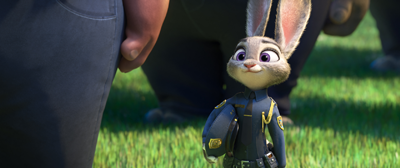
Judy Hopps (Ginnifer Goodwin) graduates from the Police Academy
Upon arrival at the police station, Hopps gets a harsh lesson in reality when she’s given meter maid duty by her brutish buffalo police chief, Bogo (played by the only man who could make a buffalo sexy, Idris Elba of “Luther” and the “Thor” movies). There is a plethora of missing persons cases, but Bogo is insistent that Hopps spend her days distributing tickets instead of doing detective work. Hopps puts on a brave face, but she soon lets her instincts take her off task.
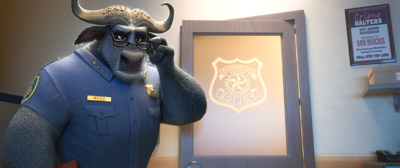
Chief Bogo (Idris Elba)
While out and about, Hopps runs into Nick Wilde (Jason Bateman of “Arrested Development”), a con-artist of a fox whom she manages to blackmail into helping her try to solve one of the missing persons cases. Chief Bogo gave Hopps 48 hours to crack the case, and she intends to use any means at her disposal to do so. Despite his chafing at the conscription, Wilde ends up befriending Hopps and assisting her ably with her search for the missing Mr. Otterton. Truly, for all of the wonderful little jokes sprinkled liberally throughout, this really is both a buddy-comedy and a mystery–a multi-layered view into what it means to be predator or prey. (Keep an ear out for when Disney Animation favorite Alan Tudyk delivers a “Frozen”-related joke. He’s clearly to Disney Animation what “Cheers” actor John Ratzenberger is to Pixar.)
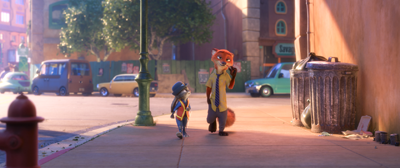
Judy Hopps (Ginnifer Goodwin) confronting Nick Wilde (Jason Bateman)
“Zootopia” has a lot of clever humor, sometimes subtle and other times far more overt. Of course, there are the sly in-jokes (like the icon of the carrot with a bite taken out of it that adorns the back of the characters’ smartphones) and the more overt plays for the adult crowd–such as “Mr. Big”, the mini-mafioso ably voiced by the man of a thousand tongues, Maurice LaMarche (“Animaniacs” and 1001 other things), channeling Marlon Brando in the most delightful way. It’s through these bits that “Zootopia” plays to audiences across the generations, not necessarily being more of a kid or a grown-up movie. In fact, this is actually the one area where I found it almost missed the mark: it may not be quite enough to get the adults lining up for tons of repeated viewings, but the jokes may go over kids’ heads (especially the younger set). Perhaps that’s what happens when you have seven story writers.
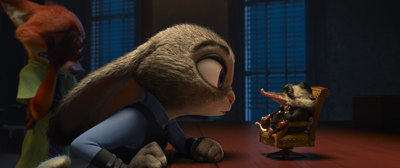
Judy Hopps (Ginnifer Goodwin) faces off against Mr. Big (Maurice LaMarche)
Is “Zootopia” okay for kids? Oh sure. It clocks in at a PG rating, mostly for some rude humor here and there, although there are a handful of scary scenes. Thankfully, this one wasn’t nearly so over-the-top as “Cars 2” when it comes to the violence, but it does have a few spots where those under 7 or 8 may be looking for a parent’s hand to hold.

Zootopia
As far as how to see this film, I would definitely recommend seeing it in 3D if possible. The lush landscapes are really quite well-rendered, and the Disney Animation folks keep upping their game on texture. The fur, in particular, was just so very well done that though it was obvious these weren’t real animals, they still looked like you could reach through the screen and touch real fur on their backs. Obviously Disney felt the animators deserved some love, too, since the closing credits (headlined by a performance from “Gazelle”, played by the songstress Shakira) spend most of their time giving the top billing to effects folks and animators. These folks weren’t going to get relegated to the end of the credits line, it seems, and that was one in a long series of good calls by the folks at Disney Animation here.
3-1/2 out of 4 stars
“Zootopia” opens nationwide on March 4, 2016. This movie is rated PG for some thematic elements, rude humor and action.

